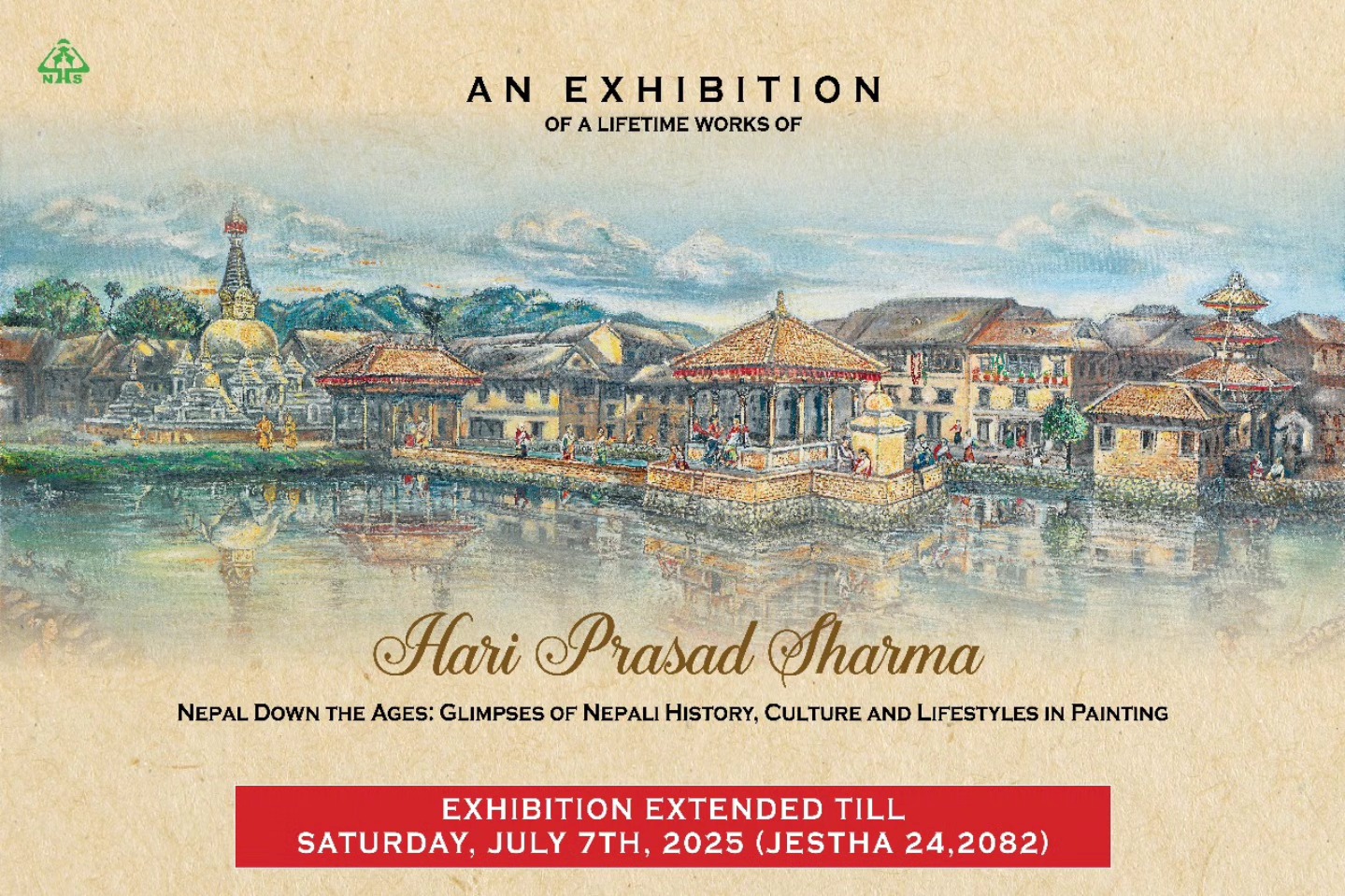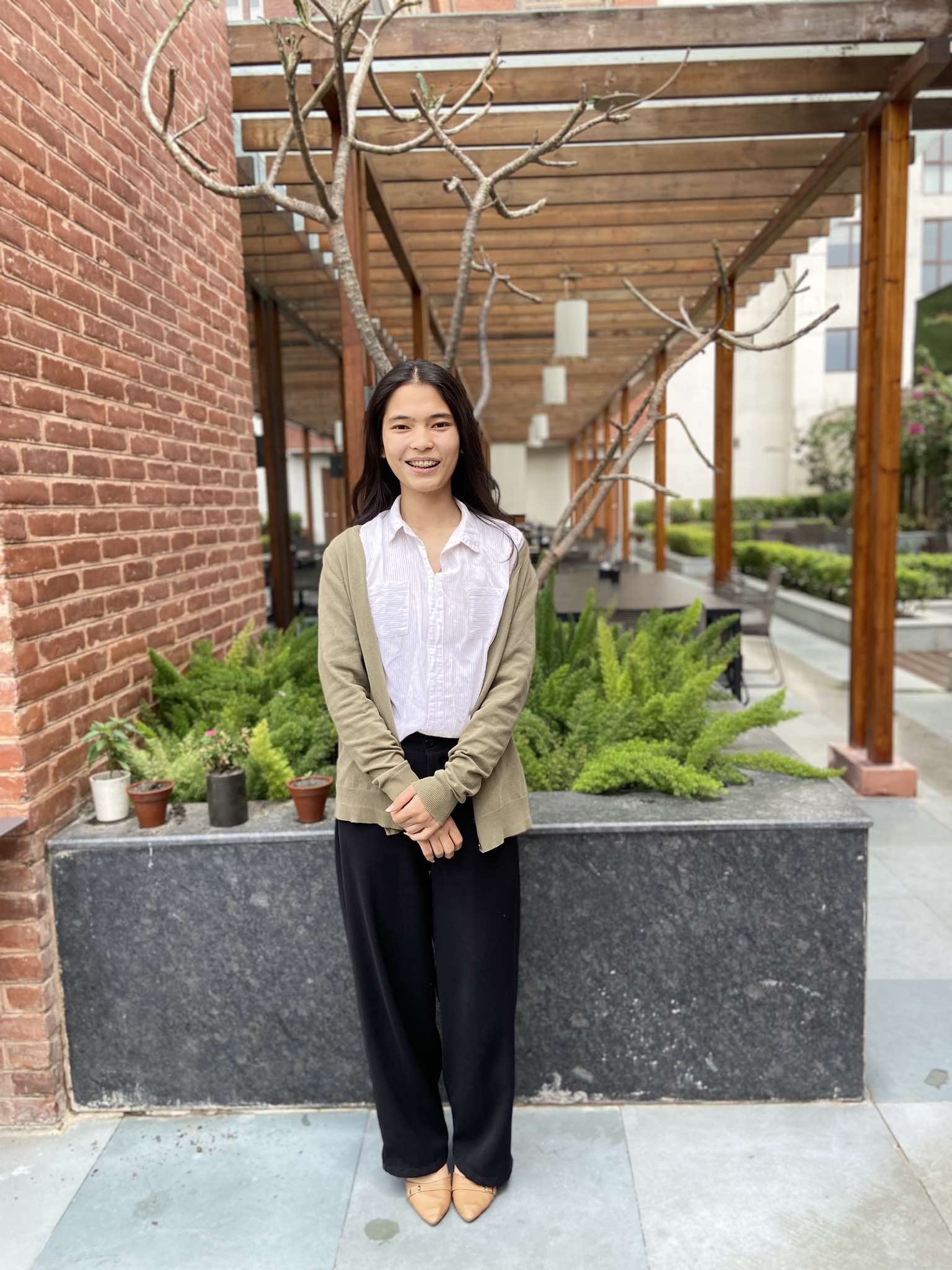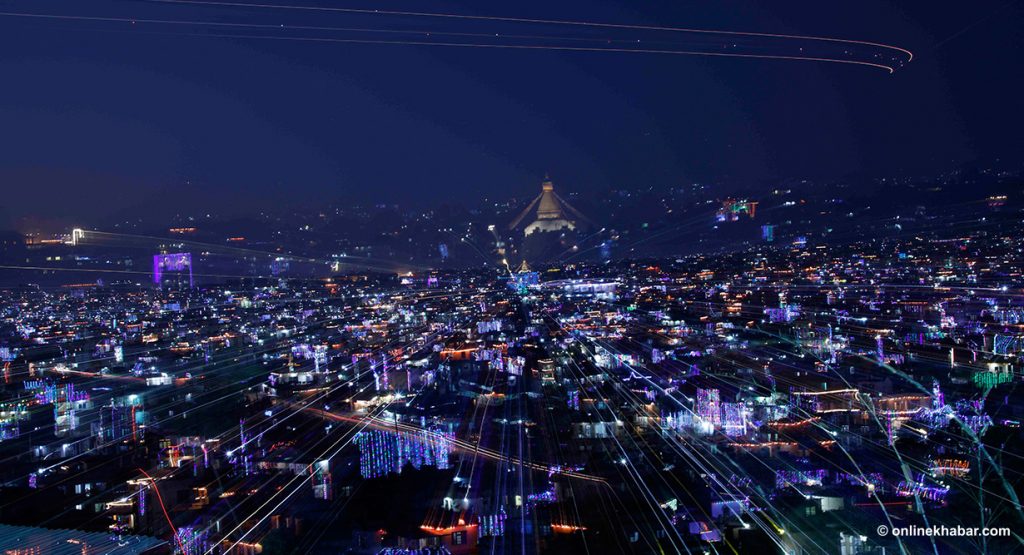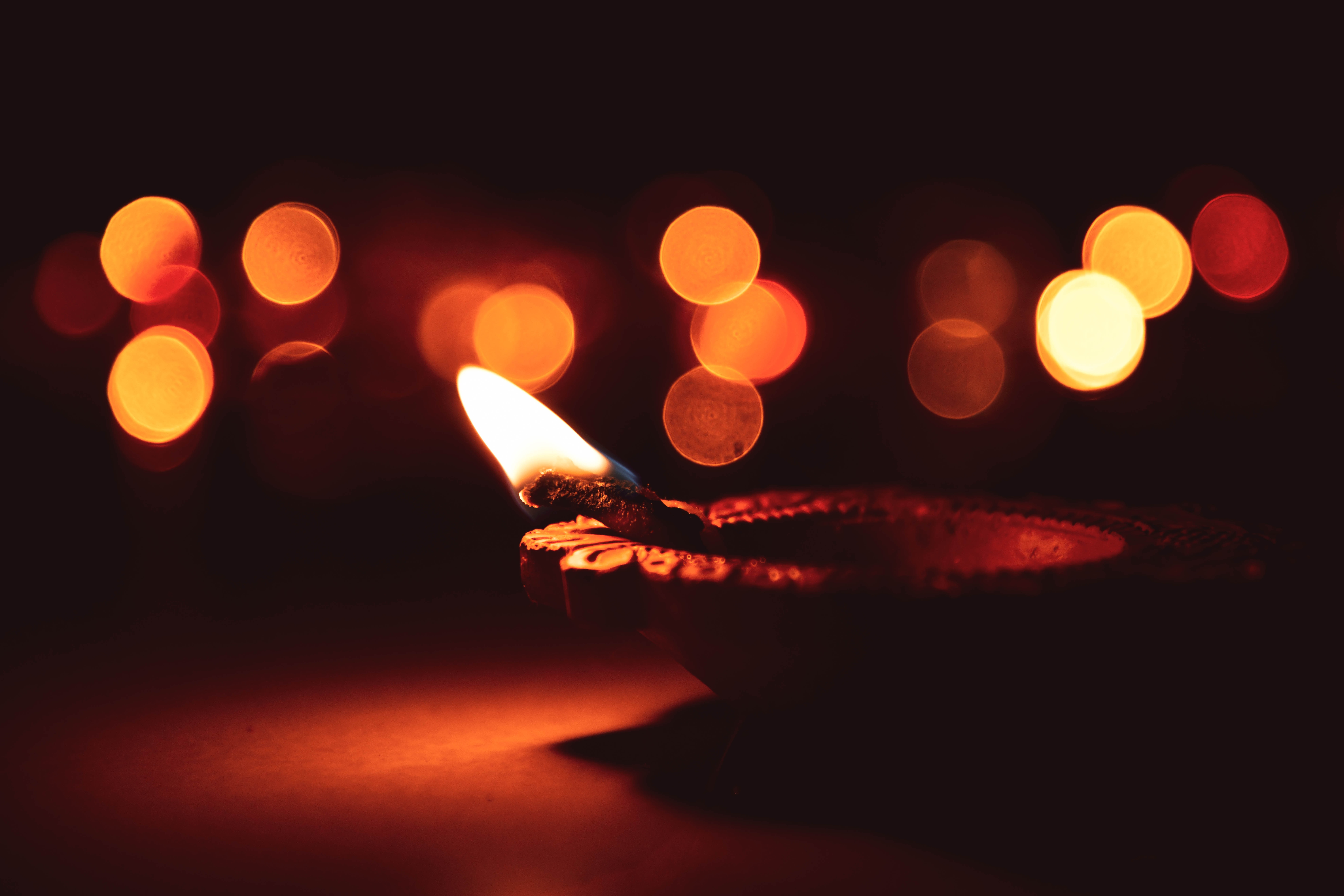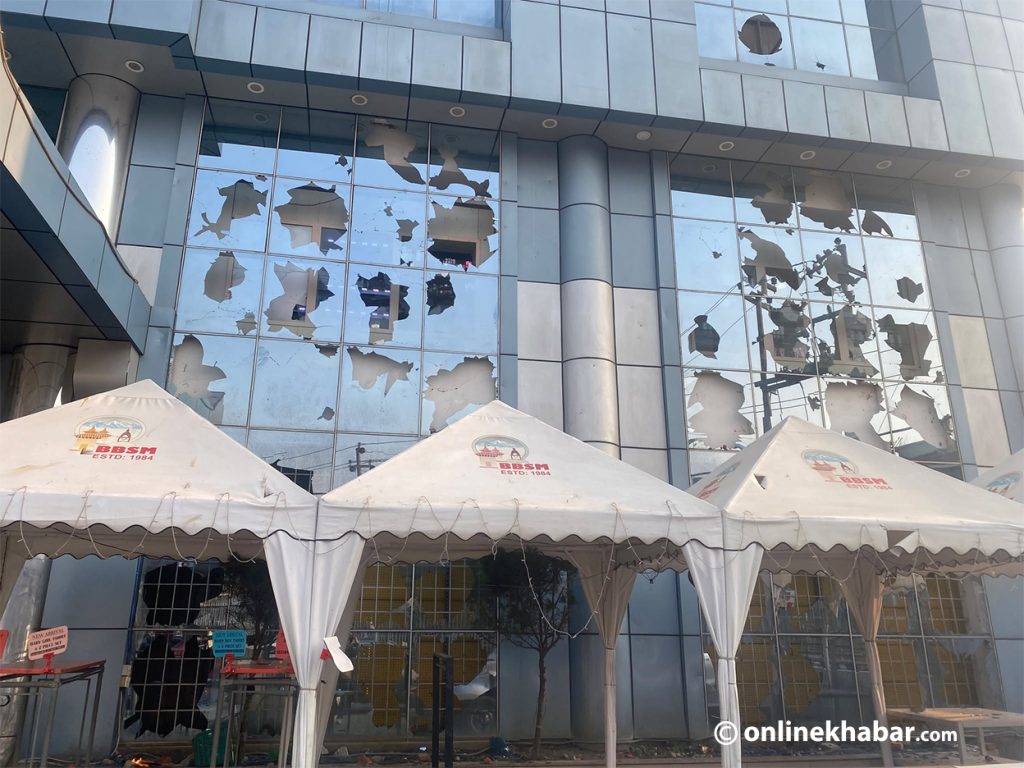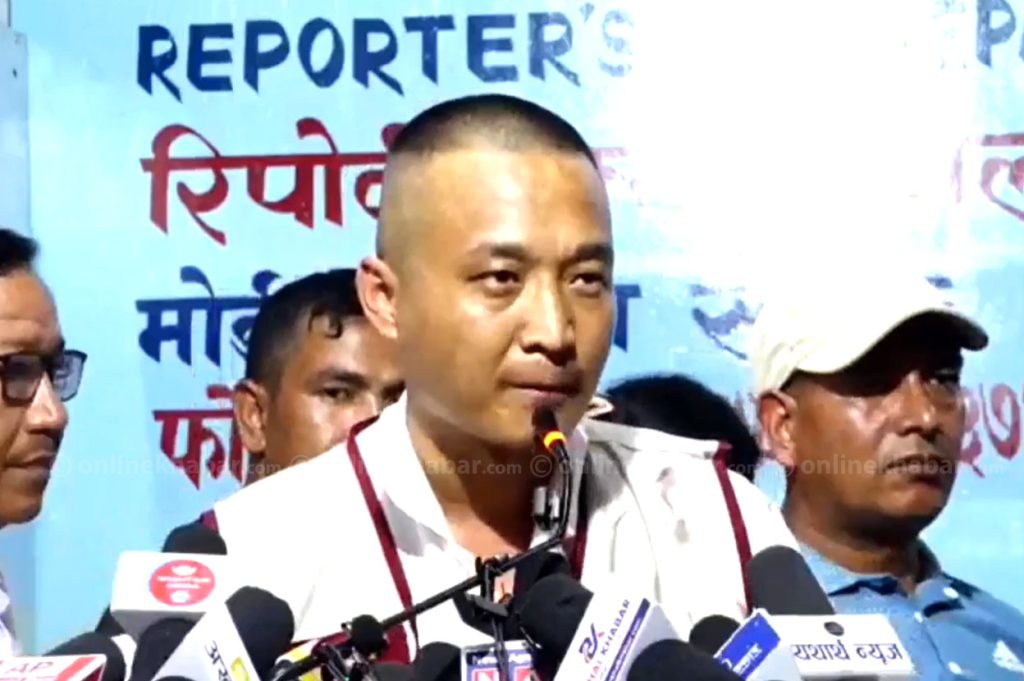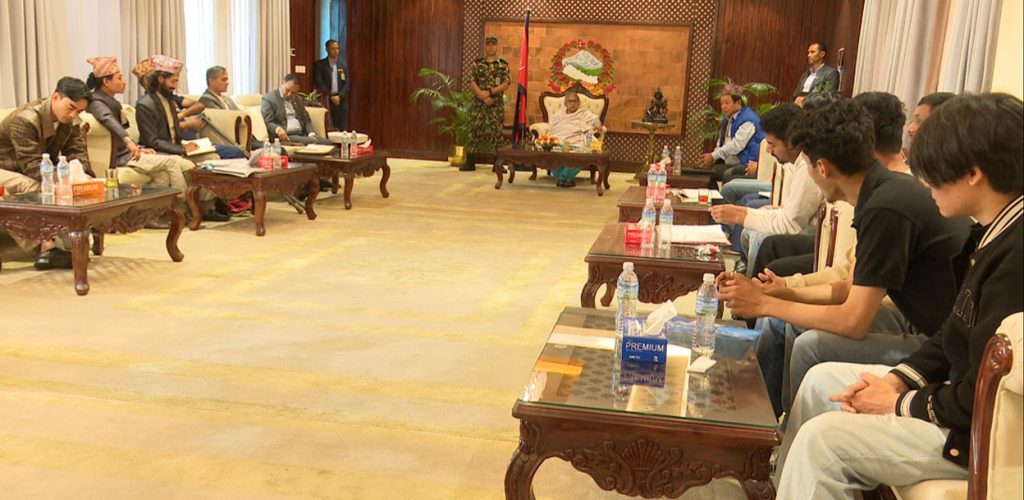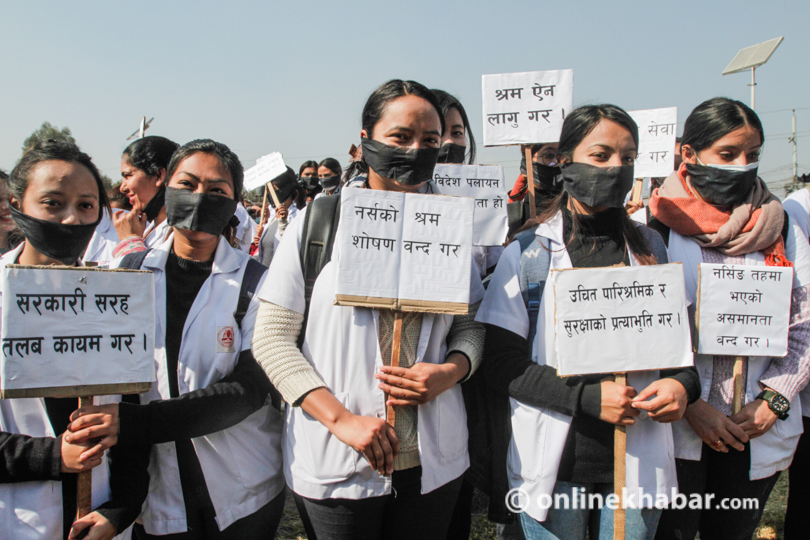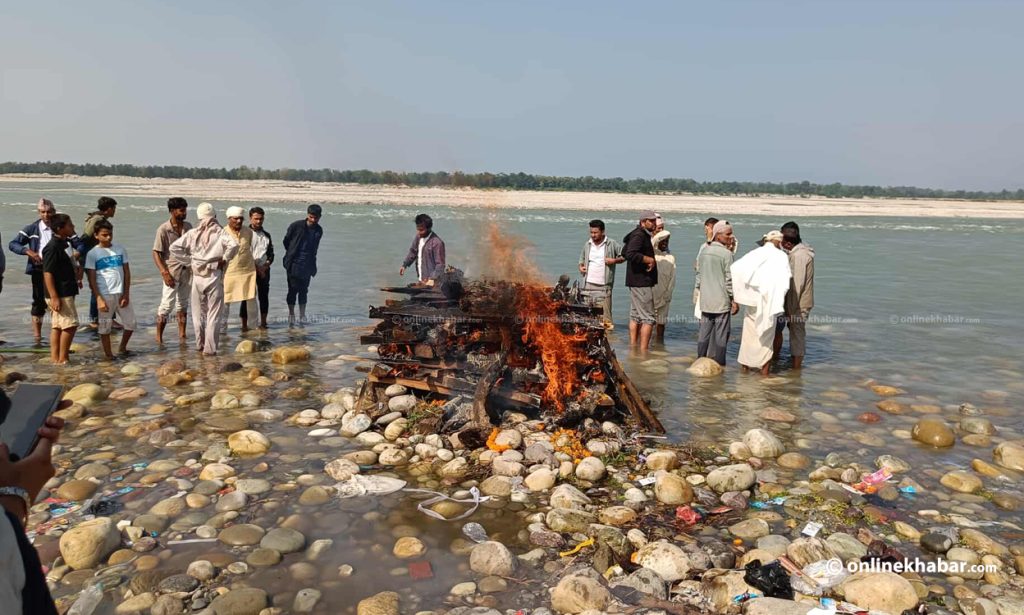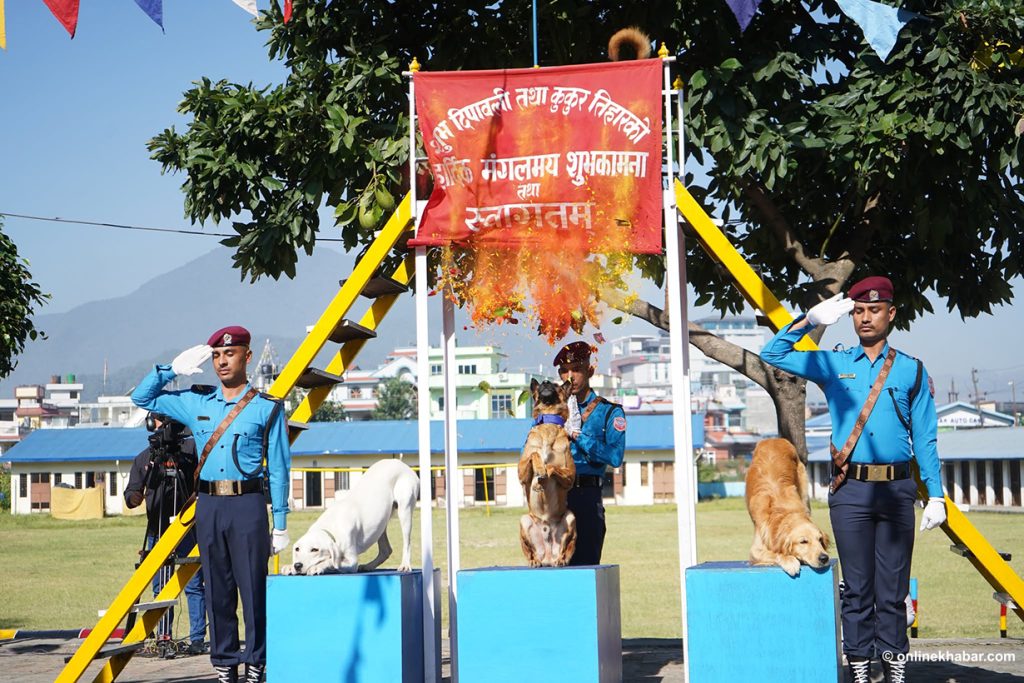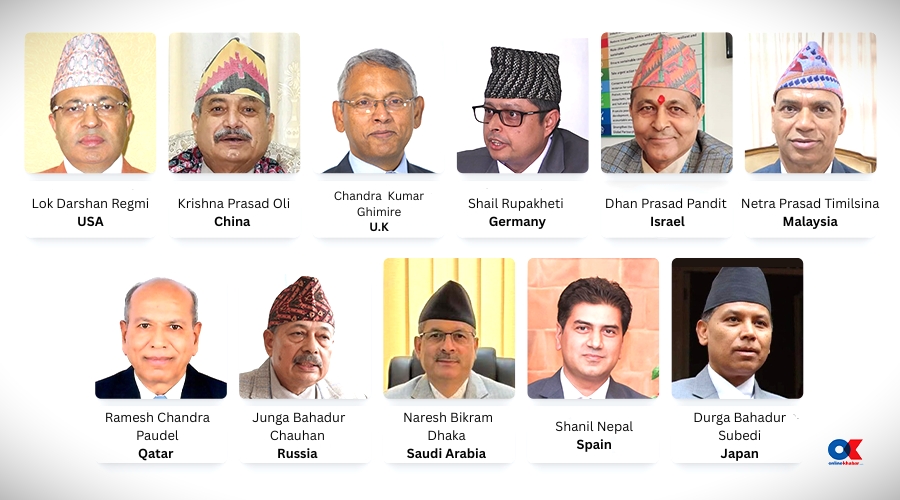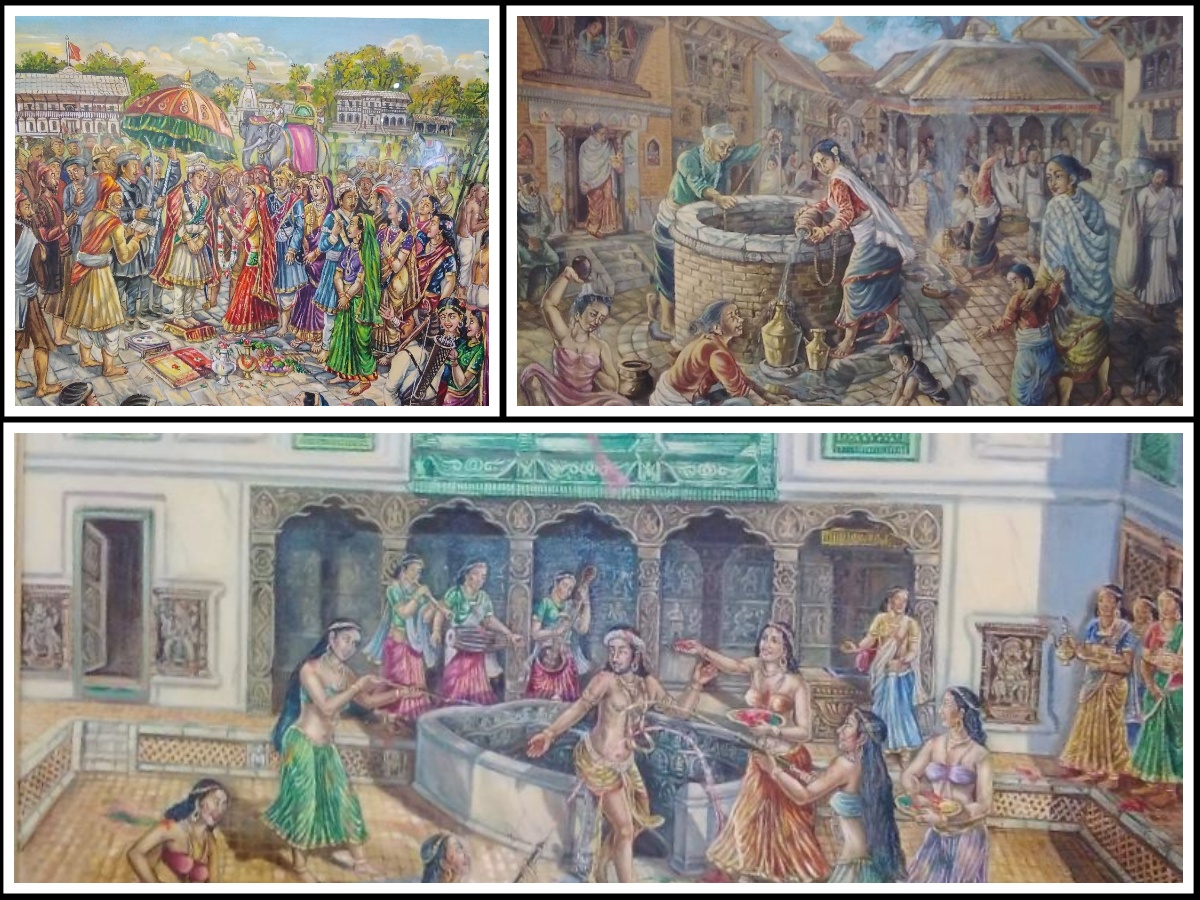
There are places we visit to look and there are places we visit to remember- even things we never lived. Nepal Down the Ages, Hari Prasad Sharma’s art exhibition in Nepal Art Council, Babermahal felt like the latter. Not an art show, not a history lesson, it is something different, something quieter, like a dream someone else has dreamed and remembered it for you.
Sharma, who was born in a traditional Brahmin family but grew up closely observing the Newa community, paints with intimacy of someone who knows what it means to belong- and to observe. His surroundings became his muse, but it’s more than a simple act of recording. These are memory-scapes, woven from personal recollection, oral history, and old, weathered texts.
The hall was filled with scenes that felt oddly familiar. Not because I had seen them before, but because they seemed to live somewhere beneath the surface. Women threshing rice to make chiura. The Gubhaju. Nepali farmer family. The bullfight.
But then I turned a corner, and the paintings shifted. No longer the portrayal of mundane life, but chapters from a larger story. The Kathmandu Valley, once a mosaic of kingdoms, came alive on canvas: its sacred geometry, its dynasties, its rises and falls.
The paintings moved like time- branching from the Licchavi dynasty, flowing through the Malla period, into the rule of the Shahs. But Sharma doesn’t paint rulers as icons. He paints the lives they lived, the worlds around them- temples, traders, kitchens, courtyards. Places history books overlook. Places where life actually happened.
One painting held me for a long time. Kailashkut Bhawan, a palace- grand, ancient, and gone. No stone remains. No ruins to visit. Nothing. Sharma had painted it not from imagination, but from the words of Hiuen Tsang, a Chinese traveler who once wandered these lands and wrote of what he saw.
Standing in front of that canvas, I felt a strange sadness. Not grief, exactly. Just an ache. The kind that comes when you suddenly become aware of all that has vanished, without even saying goodbye.
We walk Kathmandu’s streets and alleys every day, unaware of what once stood where we now stand. What histories sleep beneath our steps? What temples disappeared without our noticing? Sharma’s work doesn’t mourn the past. It remembers it. Quietly. Stubbornly.
I couldn’t help but feel like I was trespassing into lives too old to claim and too intimate to ignore. The Kathmandu in these paintings isn’t the one I ride a bus through. It’s older, slower. One where even a ruined wall has weight.
As I left, I found myself resisting the pull of now, the buzz of phones, the rush of traffic outside. I wanted to stay in that slow world just a little longer. Not to learn it, not even to preserve it- but to hold it, even briefly.
This exhibition is not loud. It doesn’t ask to be admired. It simply asks us to pause- to look long enough for the past to recognise us, too.
